Best Used Car, Services, Auto Parts, Rent Car Available for Buy and Sell Near By Go Ahead
- Swaraj Price 2025: Latest Swaraj Tractor Price List and On-Road Rates in India
- महिंद्रा मिनी ट्रैक्टर - कीमत, मॉडल, और सुविधाएँ
- Best Tractors in India 2025: Top 10 Picks for Every Farm Size
- Swaraj 855 FE Tractor Review 2025 Features, Price and Performance Explained
- Sonalika Tractor Price 2025 Complete List of Models, Series and Latest Offers
- महाराष्ट्र फार्मर आयडी: ऑनलाइन नोंदणी प्रक्रिया, कागदपत्रे आणि फायदे
- Swaraj 744 FE Price, Features & On-Road Cost Explained for 2025
- Mahindra Tractors Price 2025: Complete List, Series-Wise Comparison and Best Models
- New Holland 3630 TX Super Plus+ Tractor Review 2025: Features, Price and Performance
- Emerging Trends in Farm Equipment for 2025
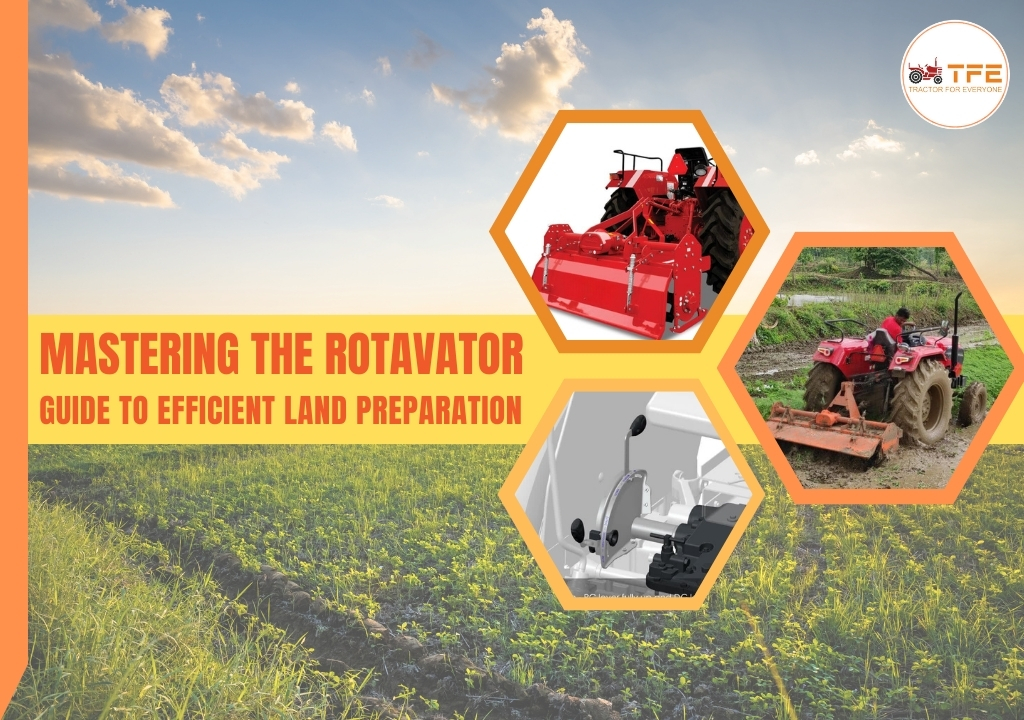
Mastering the Rotavator: A Farmer’s Guide to Efficient Land Preparation
The rotavator is one of the most versatile and widely used farm equipment in India. This powerful tillage tool is a farmer's ally in preparing the soil for planting by pulverizing, and mixing the topsoil efficiently.
Whether you’re growing wheat, rice, or vegetables, the rotavator can save time, labor, and fuel compared to traditional ploughing methods.
This blog will guide you through understanding, setting up, and effectively using a rotavator to optimize farm operations.
What Is a Rotavator?
A rotavator is a tractor-driven machine equipped with rotating blades that churn and break the soil. Its primary functions include:
- Preparing seedbeds.
- Mixing soil and organic matter evenly.
- Removing weeds and crop residues.
- Aerating the soil to promote better plant growth.
- Rotavators are suitable for all types of soil and can be used in dry, wet, or even semi-dry fields.
Types of Blades Used in Rotavators
Rotavators are equipped with different types of blades designed for specific soil conditions and agricultural tasks. Here are the common types of blades:
1. L-Type Blades
Shape: Resembles the letter ‘L.’
Use: Ideal for general-purpose tilling, breaking up moderately hard soil, and preparing seedbeds.
Benefits: Provides effective soil cutting and mixing.
2. C-Type Blades
Shape: Resembles the letter ‘C.’
Use: Suitable for working in tough, heavy, or clayey soils.
Benefits: Offers deeper penetration and requires less power compared to L-type blades.
3. J-Type Blades
Shape: Curved like the letter ‘J.’
Use: Best for loosening compact soil or areas with high moisture content.
Benefits: Ensures better soil aeration and reduces clogging in wet conditions.
Steps to Use a Rotavator Efficiently
Choose the Right Rotavator
Select a rotavator compatible with your tractor's horsepower (HP). Most Indian farms use tractors in the 30-50 HP range, so medium-duty rotavators are a good fit.
Ensure the blade type (L-blades or C-blades) matches your soil and farming requirements.
Prepare the Field
Remove large rocks, tree stumps, or debris from the field to prevent blade damage.
Assess the soil condition—avoid using the rotavator on excessively wet or compacted soil, as this can harm the equipment and the soil structure.
Attach the Rotavator to the Tractor
Secure the rotavator to the tractor’s three-point linkage system.
Connect the power take-off (PTO) shaft, ensuring it is locked properly to transfer power from the tractor to the rotavator.
Adjust the Settings
Set the desired depth using the rotavator’s skid controls or depth gauge. The depth typically ranges between 4 to 8 inches, depending on the crop and soil type.
Adjust the PTO speed to around 540 RPM (common for most Indian tractors) for optimal blade rotation.
Operate the Rotavator
Start the tractor and engage the PTO.
Drive slowly and steadily across the field in straight lines, ensuring the rotavator blades churn the soil evenly.
Overlap rows slightly to avoid leaving unworked patches.
Inspect and Maintain
Regularly check the blades for wear and tear and replace them if necessary.
Clean the rotavator after use to prevent rust and damage from soil or debris.
Lubricate moving parts periodically to ensure smooth operation.
Also Read: The Rise of Autonomous Farming: How Robotics and AI are Transforming Agriculture in India
Safety Tips for Using a Rotavator
Always switch off the tractor and disengage the PTO before inspecting or adjusting the rotavator.
Ensure that bystanders, especially children, are at a safe distance while operating the equipment.
Wear appropriate protective gear, such as gloves and boots, to avoid injuries.
Follow the manufacturer’s guidelines for blade replacement and maintenance.
Benefits of Using a Rotavator
1. Prepares the field in a single pass, saving hours of manual labor.
2. Reduces the need for multiple farm implements, lowering overall fuel consumption.
3. Promotes better soil aeration and nutrient mixing.
4. Suitable for a variety of crops and soil types.
Popular Rotavator Brands in India
Some of the trusted rotavator brands in India include:
Shaktiman
Maschio Gaspardo
Fieldking
Mahindra Implements
Each brand offers models with varying blade configurations and features to suit different farming needs.
Conclusion
Using a rotavator effectively can significantly boost productivity and improve soil quality, making it an indispensable tool for Indian farmers. By following the steps and tips outlined in this guide, you can make the most of your rotavator, ensuring a well-prepared field and better crop yields.
Investing in proper training, regular maintenance, and high-quality equipment will help you maximize the benefits of this powerful machine, transforming your farming practices for the better.
Write a Comment
Popular Blogs View All
-

Swaraj Price 2025: Latest Swaraj Tractor Price List and On-Road Rates in India
07/24/2025, POSTED BY ADMIN -
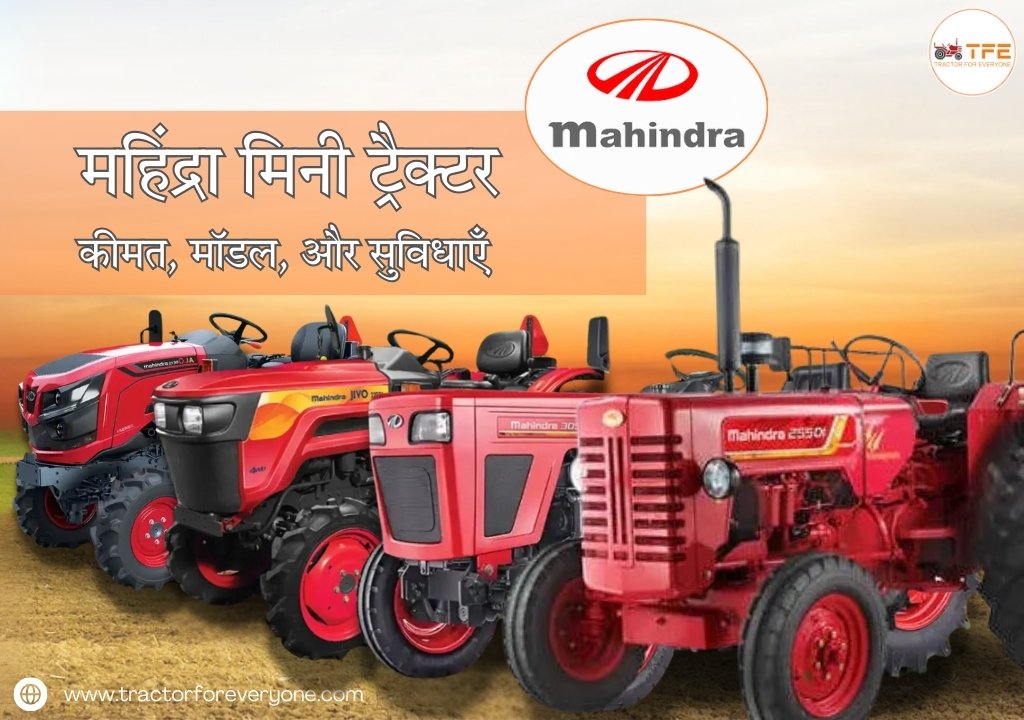
महिंद्रा मिनी ट्रैक्टर - कीमत, मॉडल, और सुविधाएँ
02/18/2025, POSTED BY ADMIN -

Best Tractors in India 2025: Top 10 Picks for Every Farm Size
05/29/2025, POSTED BY ADMIN
Popular Video View All
-
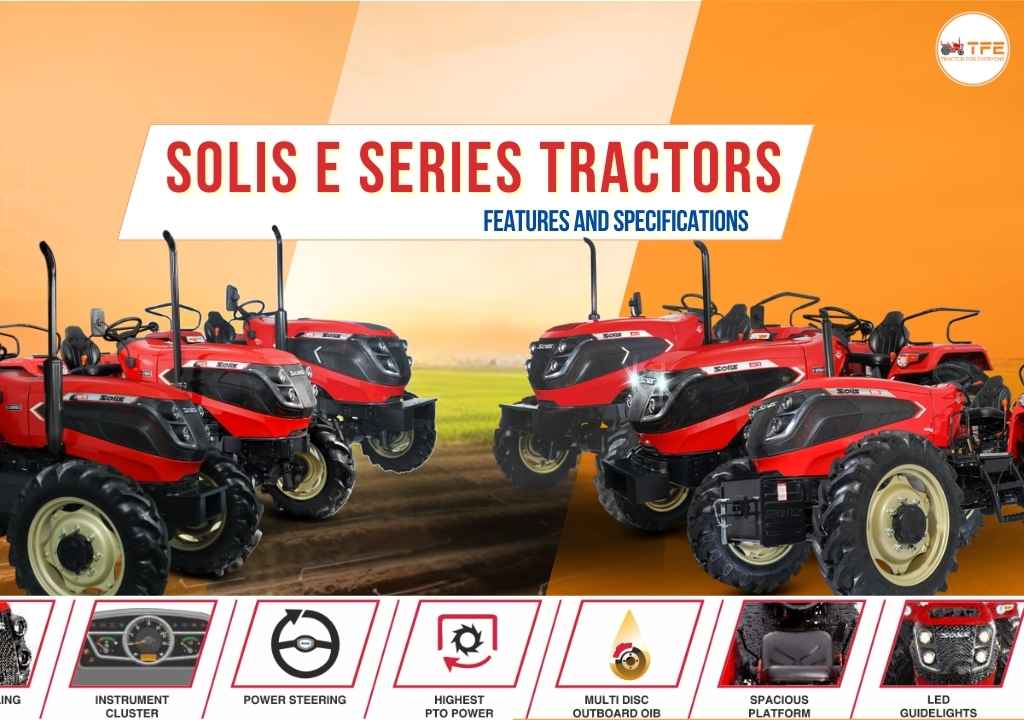
5 Things You Need to Know Before Buying a Solis E Series Tractor
05/17/2025, POSTED BY ADMIN -
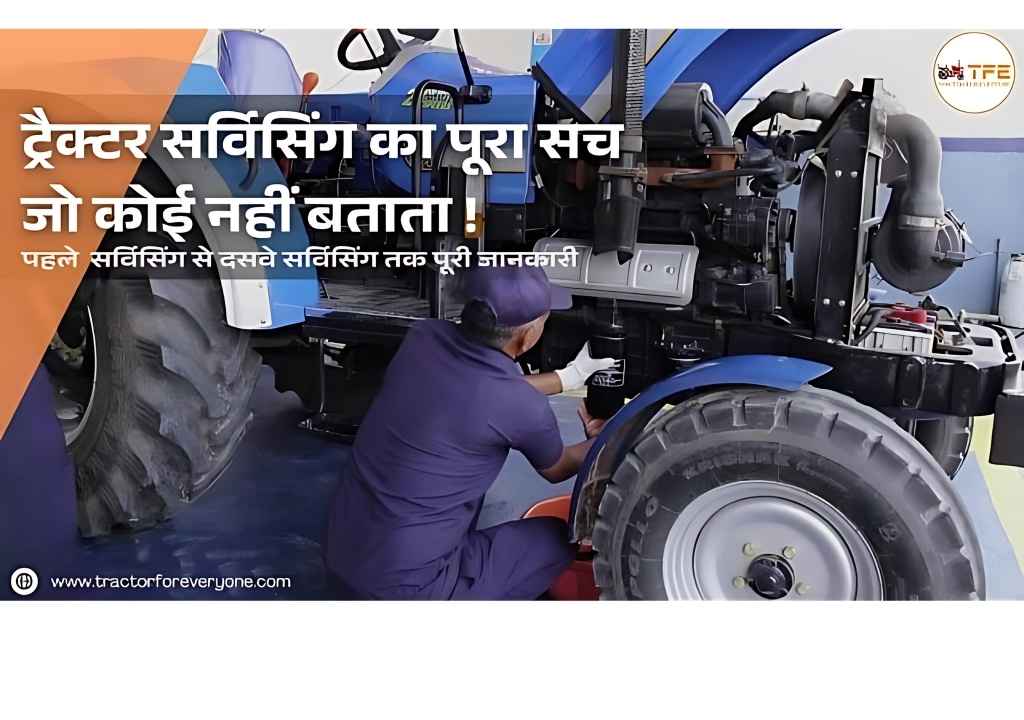
The whole truth about tractor servicing which no one tells!
05/17/2025, POSTED BY ADMIN -
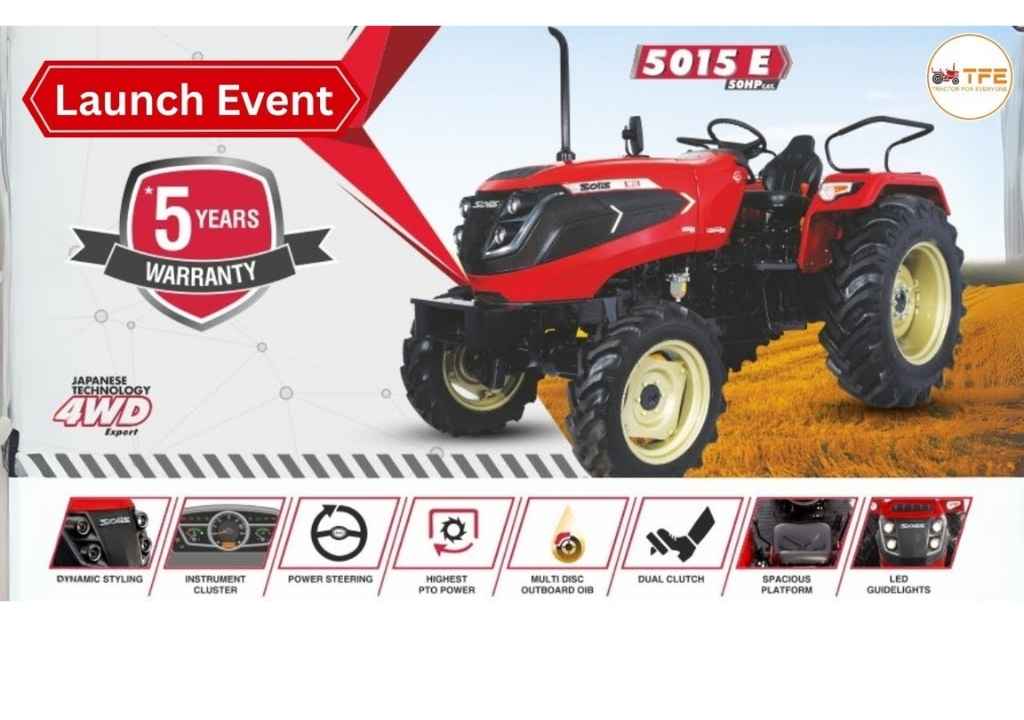
Solis Tractors Live Event | Solis Hybrid 5015 Tractor Launch
05/17/2025, POSTED BY ADMIN

